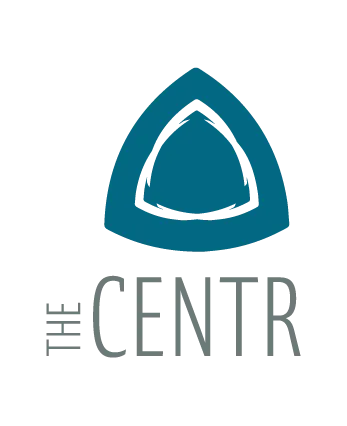
Adapting to the Evolving Workplace
Leadership Styles in Business
As a leader, understanding your strengths and areas for growth can be overwhelming. A quick Google search for "leadership styles" will present you with countless perspectives, making it difficult to know where to start.
Leadership is complex because there’s no one-size-fits-all approach—your style needs to adapt to your business environment, team dynamics, and long-term goals.
At The Centr, we simplify business, including how leaders navigate their roles. We've distilled leadership into three prominent styles that remain key across industries: Authoritarian, Laissez-faire, and Democratic. Each style has its strengths, and the most effective leaders know when to shift between them based on their team’s needs and stage of development.
1. Authoritarian Leadership
The authoritarian, or autocratic, style follows a traditional “top-down” approach. The leader makes decisions independently, and team members follow directions. This style is often found in large corporations or businesses with strict regulatory or compliance needs. However, it can also be useful in smaller businesses during periods of uncertainty or crisis, where clear, decisive action is necessary.
Trend Update: While authoritarian leadership still exists, modern versions often blend decisive decision-making with more transparent communication to engage employees. Leaders who use this style effectively balance authority with empathy.
2. Laissez-faire Leadership
Laissez-faire, meaning "let do" in French, is a hands-off leadership style. In this approach, leaders provide minimal direction and trust their team to make decisions. While this style fosters innovation and independence, it works best with highly skilled and self-motivated teams.
Trend Update: Today’s laissez-faire leaders still empower their teams but are more intentional about providing tools and support to ensure autonomy doesn’t turn into disengagement.
3. Democratic Leadership
Democratic leaders value collaboration. Decisions are made through group discussions, and input from team members is actively sought. This style is particularly effective when building trust and engagement within a team. It encourages creativity and team ownership of projects.
Trend Update: Democratic leadership is thriving, especially as businesses focus on creating inclusive workplaces. However, leaders must strike a balance between collaboration and timely decision-making to avoid stagnation.
Leadership styles alone don’t define effective leadership. Your ability to adapt based on your team’s development is just as important. This is where leadership agility comes in—understanding that your leadership approach should shift depending on where your team is in its formation.
The four stages of team formation (commonly referred to as Forming, Storming, Norming, and Performing) provide insight into how to lead:
Forming: The team is new, roles are unclear, and the overall purpose is still taking shape.
Storming: Conflicts arise as team members define their roles, and leadership intervention is critical to guiding the team forward.
Norming: Team roles and purpose are clearer, and the group begins to work more harmoniously.
Performing: The team is aligned with a shared vision and strategy, operating at its full potential.
For example, during the Forming phase, an authoritarian style may be necessary to provide structure and direction. As the team moves into the Performing phase, a more laissez-faire approach might be effective, allowing the team to operate with greater autonomy.
As industries evolve, so must leadership styles. Today’s most successful leaders are those who blend flexibility with strong core values. Leadership styles will continue to shift as teams grow, change, and face new challenges. What remains constant are the values that ground you—those should never waver, even in the face of change.
At The Centr, we encourage leaders to reflect on their business values and ensure those values are woven into their leadership, no matter which style they use. In an era where agility and purpose are more important than ever, taking time to define and uphold your values will keep you steady in any storm.
Have you taken the time to clearly define your core business values? If not, now might be the perfect time to align your leadership with the future you envision.
If you’re interested in using The Centr for your business needs contact us. If you haven’t already follow us on Instagram for more content for entrepreneurs like you!





